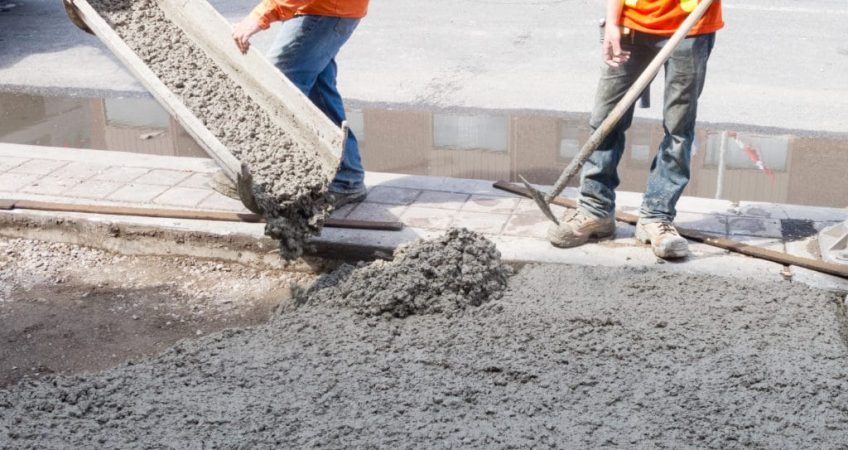Estimating Concrete Work: Accurate Budgeting
When planning any construction project, concrete often plays a central role. Whether you’re working on foundations, driveways, or large commercial buildings, understanding how to estimate concrete work accurately can prevent costly mistakes and keep your project on track. This guide covers essential steps for concrete estimation, key considerations, and resources to streamline the estimating process.
Understanding Concrete Work Estimation
Concrete estimation goes beyond simple material calculation. Factors like site preparation, formwork, reinforcement, and labor influence the total cost. Using a reliable estimating approach ensures that the final project cost aligns closely with the budget.
Step 1: Calculating Concrete Volume
One of the first steps in concrete estimation is determining the volume required. Calculate volume in cubic yards (CY) by multiplying the area (in square feet) by the thickness (in feet) and dividing by 27:
- Example Calculation: For a 10×10-foot area with a 6-inch thickness, multiply (10 x 10 x 0.5) ÷ 27 = 1.85 CY of concrete.
Be precise in your measurements to avoid unnecessary material waste. You can use a Concrete Estimating Calculator to assist with these calculations.
Step 2: Consider Reinforcement Needs
Concrete projects often require steel reinforcement for added structural strength. The type and amount of reinforcement vary depending on the project:
- Residential Projects: Rebar spacing is often lighter but essential for driveways and slabs.
- Commercial Projects: Heavier reinforcement with more complex placement is typical.
Estimating the cost of reinforcement is vital for an accurate concrete work estimate. Access Material Takeoff Services for help with reinforcement cost calculations.
Step 3: Formwork Estimation
Formwork costs can add significantly to your concrete budget. Accurate formwork estimation depends on material selection (plywood, aluminum, etc.) and labor time:
- Basic Formwork: Ideal for simple projects; lower labor and material costs.
- Custom Formwork: Required for unique shapes; higher labor and material costs.
To gauge these expenses effectively, check out Residential Construction Cost Estimating Services for insights into formwork costs.
Step 4: Factoring in Labor Costs
Labor represents one of the most significant variables in concrete work. Labor costs differ by region, type of project, and scope:

- Residential vs. Commercial: Commercial jobs typically involve larger crews and longer work hours, affecting overall costs.
- Local Labor Rates: Always research prevailing labor rates in your area to stay competitive.
Step 5: Calculating Additional Costs
Concrete estimation includes more than just material and labor. Additional costs vary but often involve the following:
- Transport & Pumping: Concrete transportation and pump hire can add significant costs.
- Surface Finishing: Polishing, stamping, or texturing can increase the project’s aesthetic and budget.
- Waste Disposal: Include costs for any extra materials or site cleanup.
For help with estimating additional expenses, consider reaching out to Industrial Construction Estimation Services for a tailored approach.
Step 6: Using Estimation Software
Estimating software has transformed the construction industry, making it easier to create precise, fast estimates. With specialized software, estimators can access databases of local material and labor rates, incorporate overhead, and produce reports in minutes.
- Benefits: Increases accuracy, saves time, and provides scalable estimates for projects of any size.
- Popular Tools: Options like PlanSwift, ProEst, and CoConstruct are popular for concrete estimation.
Conclusion
Concrete work estimation, though complex, can be managed effectively by following a detailed approach. From material calculations to labor and formwork considerations, each step impacts the project’s budget. With these best practices, you’ll gain the accuracy needed for competitive and realistic project proposals.

